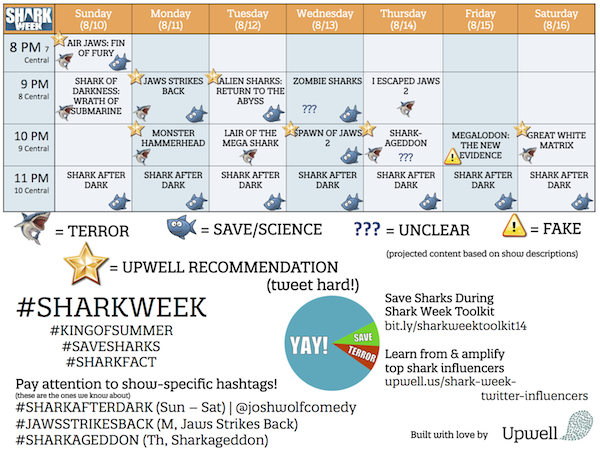After many years of campaigning, and a successful enactment of a similar ban in LA County, we are proud to announce that a bill to ban single-use plastic bags in California, SB270, has passed the state legislature. Our announcement of this victory sparked an intense debate and a lot of questions on our Facebook page. Based on this tremendous feedback, we’ve identified the top misconceptions about the bill in an attempt to provide some clarity.
1. This ban will just result in people using more paper bags, which means cutting down trees that are needed to make oxygen.
The bill includes a minimum 10-cent charge for recycled paper bags, which has proven effective at motivating people to bring their own reusable bags to the store. Still, the goal of the ban is not to convert people to using recycled paper, which comes with its own set of environmental issues. Instead, the goal is to get people to use thicker, reusable bags and be aware of how their shopping habits generate trash. The current thin plastic bags are often mistaken for food by marine animals. Ingesting or becoming entangled in plastic pollution has harmed over 663 species of marine life. Plus, did you know that ocean ecosystems produce 70% of the world’s oxygen?
2. This ban takes away people’s freedom of choice.
Balancing the concerns of a lot of different people with different values isn’t easy. Right now people who choose not to use plastic bags still have to pay for them via additional costs built into the total cost of goods. The ban does not force people to bring bags to the store. If you’d like, you can still choose to buy a bag at the store. This bill transfers the cost of bags to the people who choose to use them, and ensures that people are not forced to pay for bags they do not want or use.
3. It would have been better to pass legislation that requires stores to hand out biodegradable plastic bags.
Biodegradable plastic is a bit of a misnomer. These materials require very specific conditions to biodegrade (like high heat and certain kinds of bacteria), which the ocean does not provide. Though biodegradable bags can be effective in certain circumstances, they are not helpful in reducing ocean pollution.
4.The bill is a scam so that stores can make more money by charging people for something that used to be free.
Yes, this bill means that stores will start charging for paper bags, but it isn’t so they can make more money. The charge for these paper bags and reusable bags covers the cost of providing more durable and environmentally friendly bags, which are more expensive to produce. When the store is expected to provide bags for free they often opt for thin, plastic bags, because they are the cheapest option. Still, these bags aren’t really “free,” the cost is passed on to consumer via increased costs of goods, whether or not they use the bags.
5. Most plastic bags get reused or recycled.
Less than 5% of plastic bags are recycled in California. That is a tiny faction of the 13 billion plastic bags distributed in California each year. Reusing these bags is certainly better than throwing them “away”, however eventually many of these bags end up in landfills, littering our communities, or worse, the ocean. The current plastic bags are so light that they easily can drift away from trashcans and recycle bins. If you reuse these bags to handle messes like pet waste, please keep reading for some alternative suggestions.
6. This ban unfairly targets poor people, and kills jobs.
This bill actually provides economic benefits to California communities, and allows flexibility for low-income shoppers. The charge for recycled paper bags will be waived for people who use EBT cards to buy their groceries. Additionally, the bill includes $2 million in funds to help businesses that make plastic bags transition to producing reusable bags. The bill will encourage California businesses to create more sustainable, green jobs rather than perpetuating polluting practices of the past.
7. Plastic bags make the world a more sanitary place.
Plastic bags are actually a fairly new invention, and have only been around since the 1960s. Before that people lived without plastic packaging, often using less packaging or reusable packaging. Reusable bags can be wiped down or tossed in the wash with other household textiles, like towels.
8. People need these bags to dispose of pet waste and line trashcans.
If you’ve relied on these bags to pick up pet waste or line small trashcans, please consider some alternatives. First, try reusing the many other plastic bags that can be found around your home, like bread or produce bags. Even better: use a pooper-scooper to pick up dog waste. Or if you have a cat, you can combine cleaning the cat litter box with taking out your kitchen garbage, so that you don’t use an additional bag. Do your smaller trashcans really need their own liner? You may be able to combine that trash into a larger bag when it’s time to take it out.
9. This is feel-good legislation that doesn’t accomplish anything, and distracts from more important issues.
Local bag bans already cover about 1/3 of Californians. Places that have already implemented such measures have already seen a reduction of plastic bag waste in their communities. The Los Angeles County bag ordinance, which became fully effective in 2012, has resulted in a 94% reduction in disposable bag usage (including 100% reduction of plastic bags and a 25% reduction in paper bags).Plastic is a major pollutant that negatively affects people and ecosystems, which is an important issue. Though this bill does not solve the plastic waste issue, it is an important step towards raising awareness of sustainable alternatives and sparking a healthy debate about how our throwaway culture negatively impacts our economy and environment.
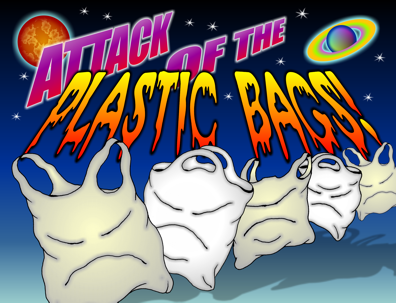
Image: John Pritchett / Hawaii Reporter



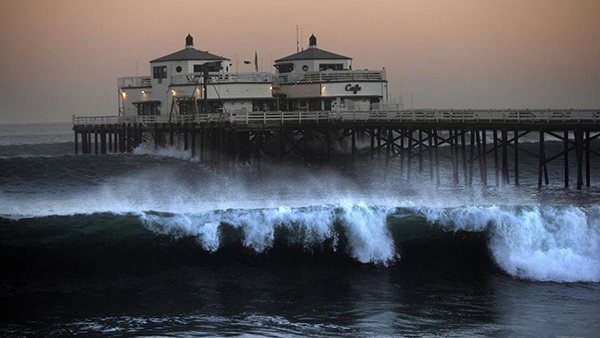 Photo: Rick Loomis / Los Angeles Times
Photo: Rick Loomis / Los Angeles Times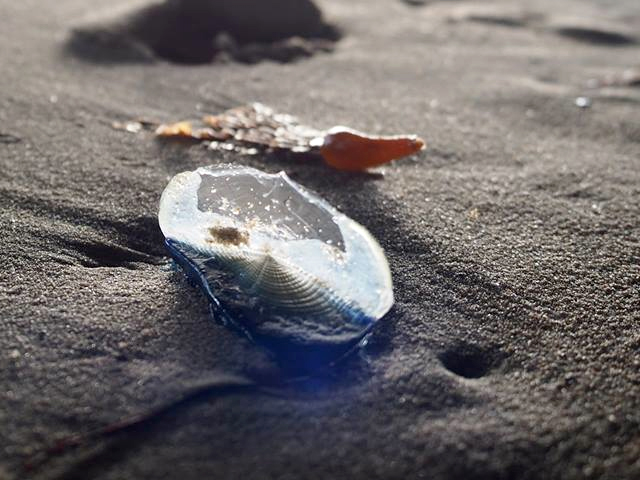
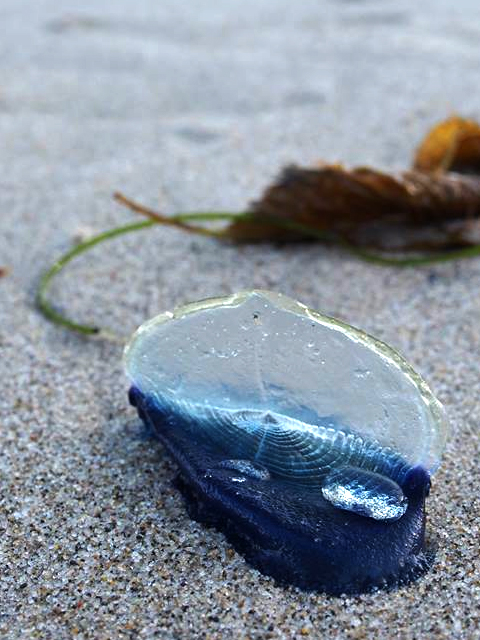
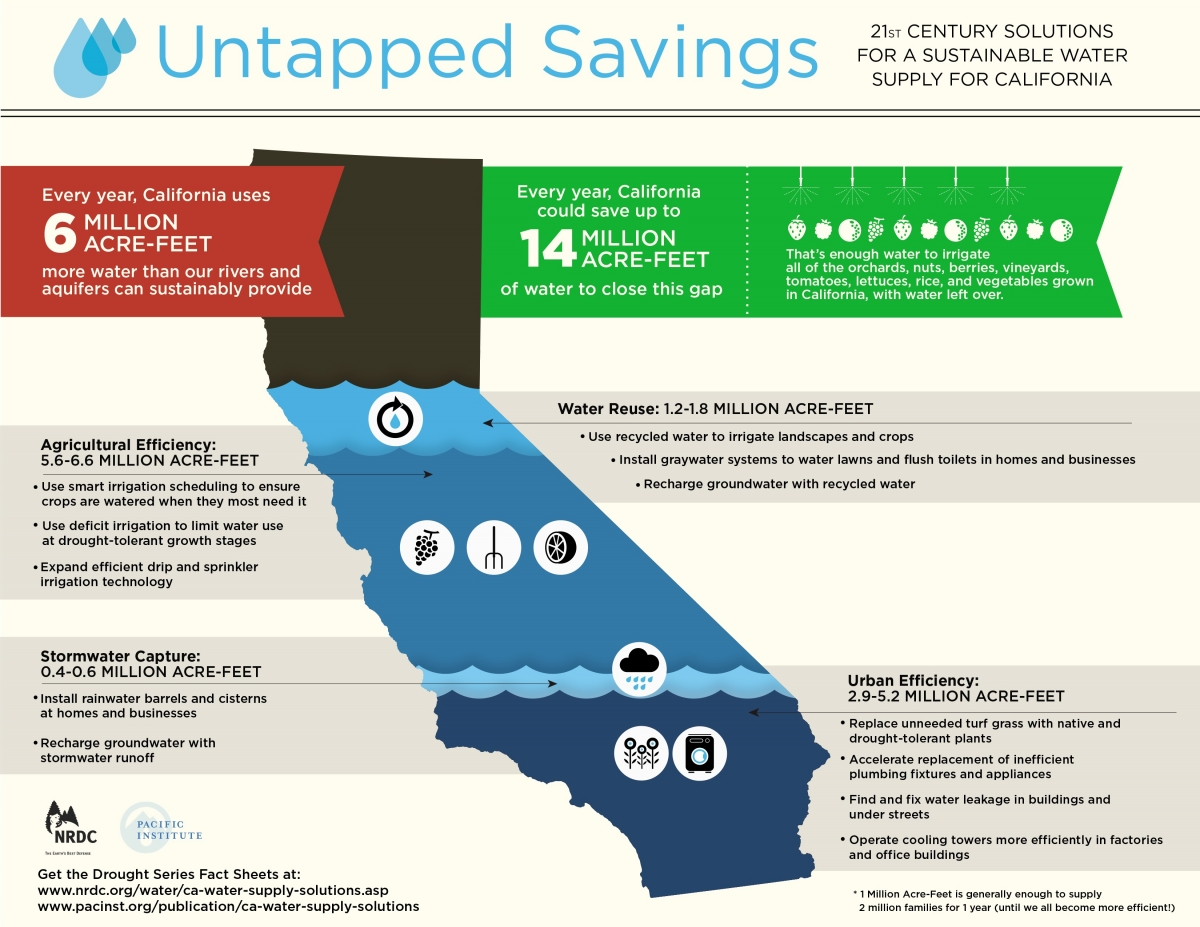
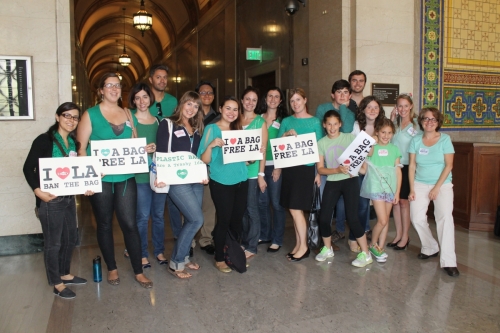 Heal the Bay led the charge to enact a ban in L.A., spurring statewide action
Heal the Bay led the charge to enact a ban in L.A., spurring statewide action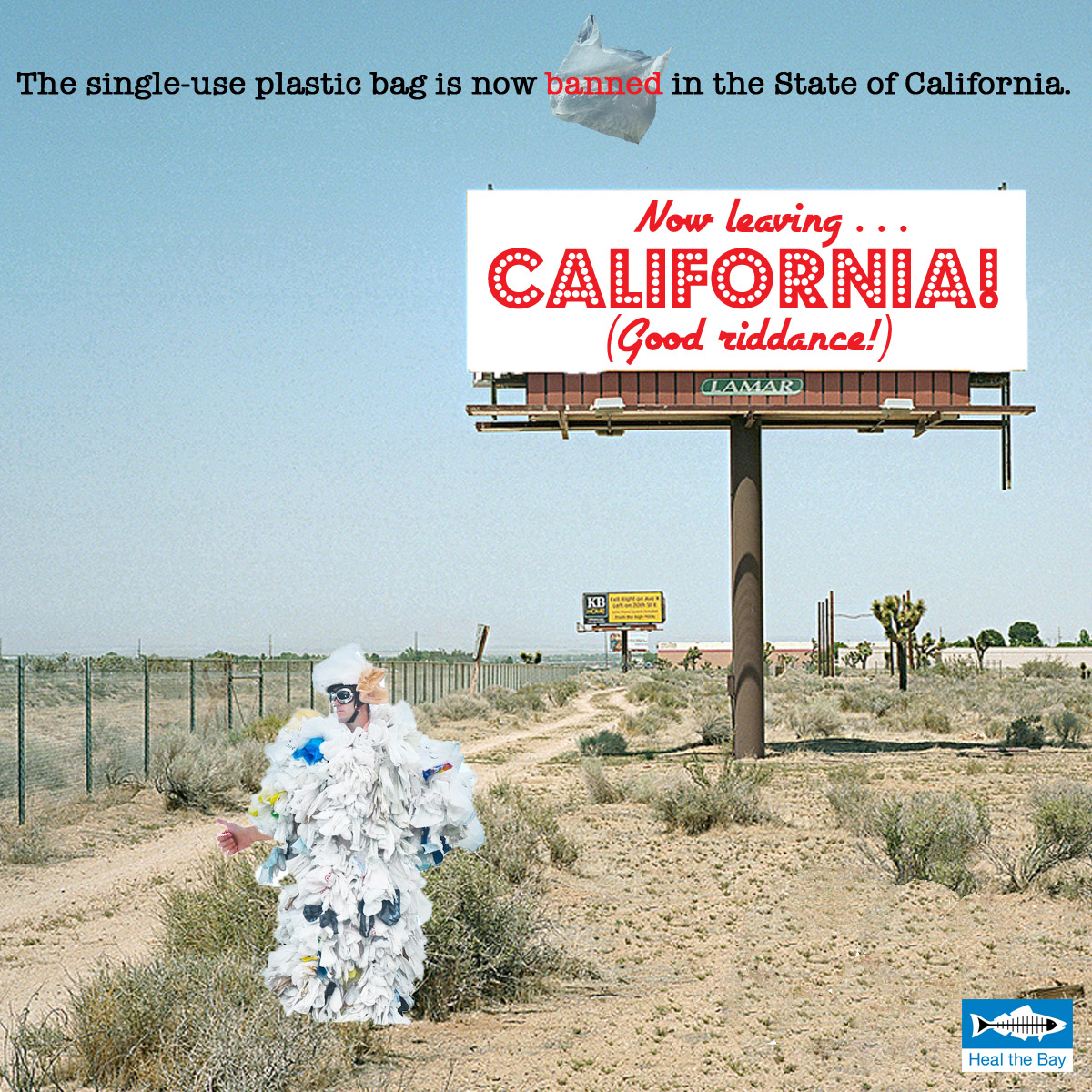
 A white shark takes the bait in Shark Alley off the coast of South Africa.
A white shark takes the bait in Shark Alley off the coast of South Africa.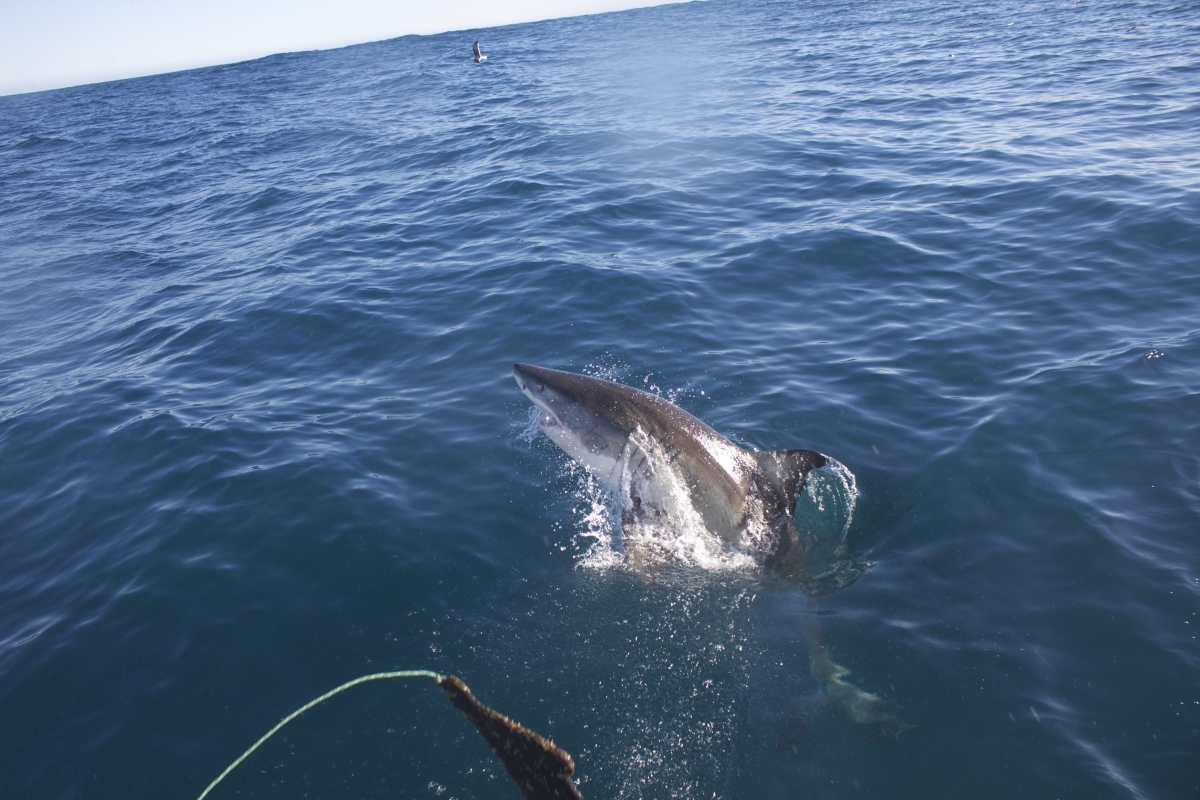 A white shark breaching.
A white shark breaching.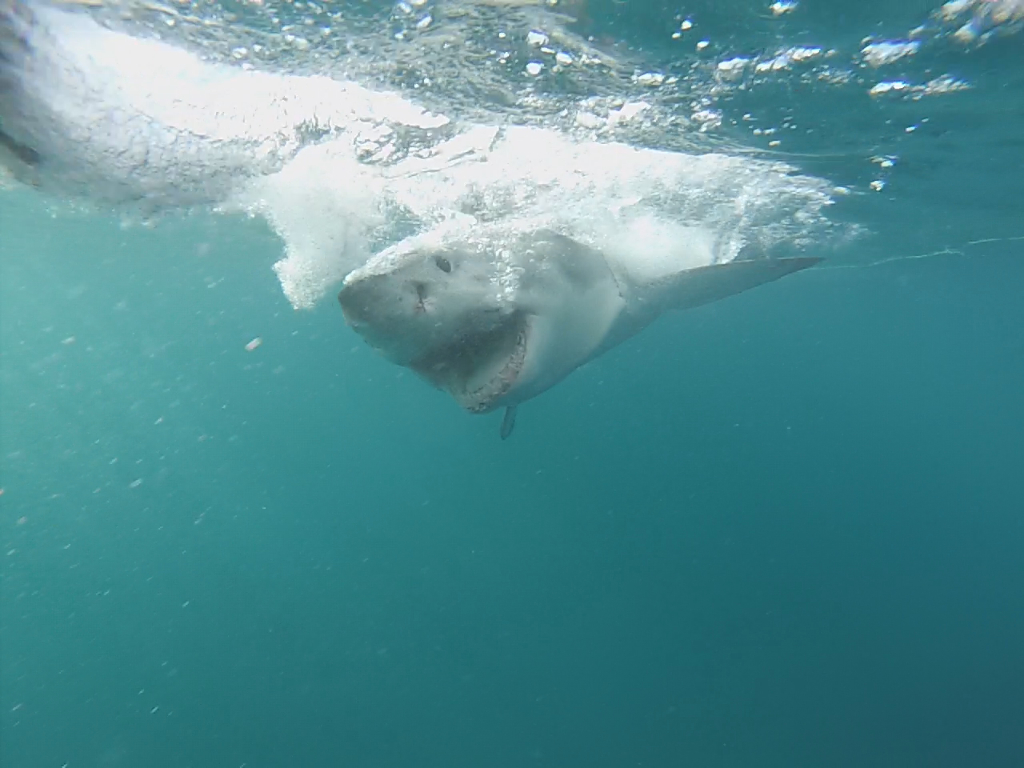 From inside the shark cage!
From inside the shark cage!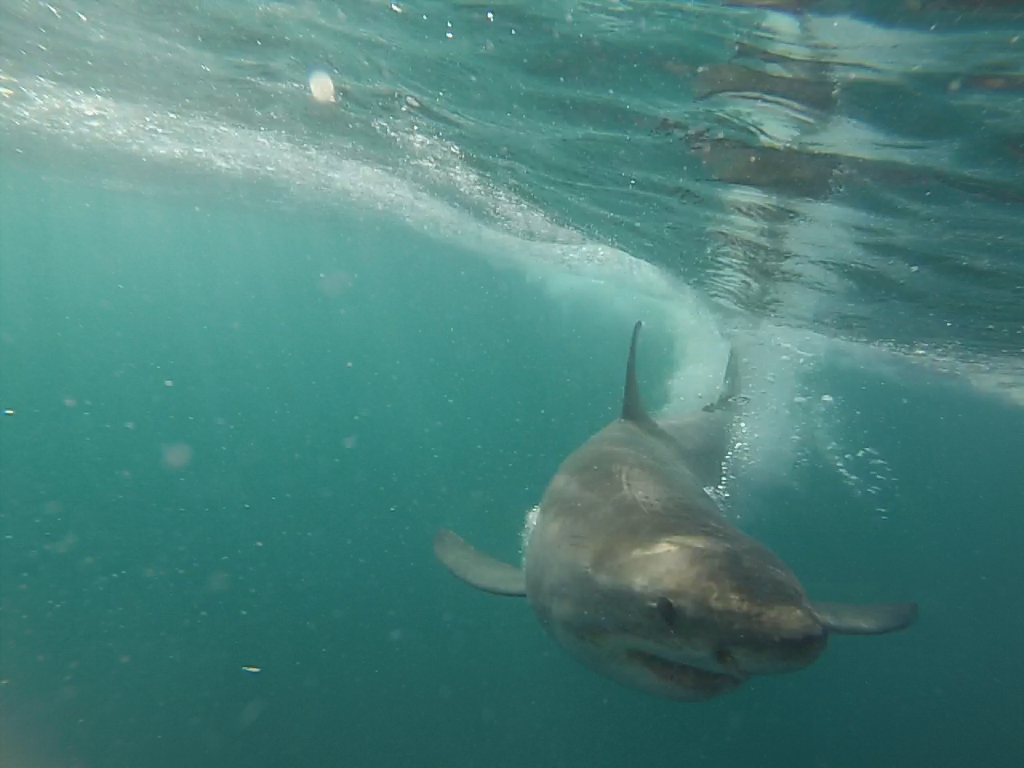 Still safely in the cage.
Still safely in the cage.
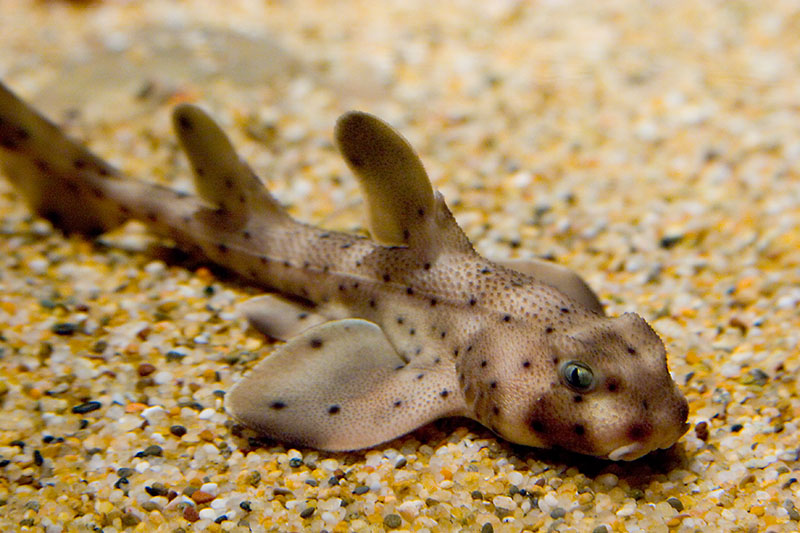 I cannot imagine what that little shark thought about its first kiss — but I loved it. I won’t do it again. I promise to hold back, because honestly I’m pretty sure that horn shark was pretty upset about the whole incident. So I encourage you to love sharks as much as possible but try to restrain yourself when you feel a “Kiss Attack” coming on. If you are in need of your shark “fix” then I very much encourage you to visit us at the Santa Monica Pier Aquarium, where you’ll get an up close encounter with horn sharks, swell sharks and leopard sharks. See you soon and feel free to ask for me by name — the Shark Kisser!
I cannot imagine what that little shark thought about its first kiss — but I loved it. I won’t do it again. I promise to hold back, because honestly I’m pretty sure that horn shark was pretty upset about the whole incident. So I encourage you to love sharks as much as possible but try to restrain yourself when you feel a “Kiss Attack” coming on. If you are in need of your shark “fix” then I very much encourage you to visit us at the Santa Monica Pier Aquarium, where you’ll get an up close encounter with horn sharks, swell sharks and leopard sharks. See you soon and feel free to ask for me by name — the Shark Kisser!